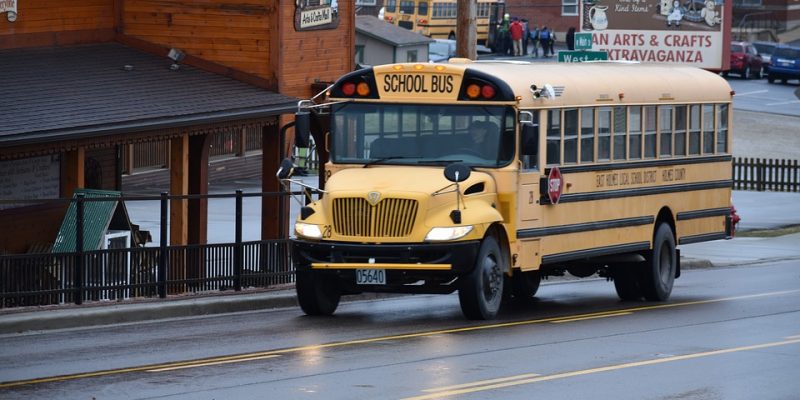One teachers union so far wants Texas Gov. Greg Abbott to close school instruction for the rest of the school year, and another seems supportive of the concept.
On Tuesday, Gov. Abbott ordered all public schools closed through May 4.
According to a letter from Texas State Teachers Association President Noel Candelaria to Gov. Abbott:
“Disease experts expect this pandemic to get worse, maybe much worse, in Texas before we see any relief, and the governor must take these steps now to protect millions of school children and the adults dedicated to serving and caring for them. A comprehensive, statewide school closure order is necessary because the outbreak is expanding across the state, and we don’t know which counties it will strike next. …”
The Texas chapter of American Federation of Teachers is concerned online education could do more harm than good, pointing to a letter from Democratic Rep. Terry Canales calling for closing school for the 2019-20 year. Soliciting member input, Texas AFT wrote:
“Representative Canales points out in his letter that these strategies simply do not work for all students. The example he gives is Rio Grande Valley where more than 40% of people do not have access to reliable internet, and many parents still must work all day, and contend with significant language barriers and minimal knowledge of pedagogy. These challenges are not unique to the Rio Grande Valley, but can be widely found in districts across the state, and will no doubt have an impact on how students learn the material being provided schools.”
At least seven states, including Texas neighbors Oklahoma and New Mexico, have closed their schools for the rest of this semester, Candelaria noted.
Statements from other state educators associations such as the Association of Texas Professional Educators, Texas Classroom Teachers Association, or Innovative Teachers of Texas could not be found by time of writing.
From the hip: Reading in to the letters show TSTA’s and Rep. Canales’s philosophical concerns:
Leaving this decision to individual districts creates unnecessary confusion and stress across Texas. (TSTA)
Students across the state are learning from home in silos, and they are not all learning equally. (Canales)
And there’s the rub: An opinion that empowering classrooms, schools, and districts is somehow detrimental to student learning and the holy grail of “equity.” This assumes a large degree of safety with the statewide uniformity afforded by educrats at the Texas Education Agency. Given the under-performance of Texas public schools and the burgeoning demand for charter schools and other alternatives, TSTA and Canales are putting way too much trust in the public ed system and too little into local schools.
Reality check: Schools are implementing a number of approaches to not only bridge “the digital divide” but to continue education opportunities for students. STAAR testing (which is, quite honestly, the main focus for the second semester of a school year for many grades) is suspended, and class ranking will not be affected for graduating high schoolers. In many districts, schools are distributing laptops and tablets for in-home use. Teachers are using Zoom and other online meeting software to connect with students, in addition to the many automobile-based “teacher parades” where students (especially the younger ones) can make a face-to-face connection and know all is well. School cafeterias are still open for curbside pickup. Many districts are offering multiple “phases” as teachers gradually return to more rigorous (and online) core curriculum instruction and homework assignments.
Advertisement
Two months of meaningful learning with no consequences for benchmark testing scores or class ranking can be achieved in the remaining time left in the Texas school calendar.
COVID-19 will not be the last public emergency (knock on wood). School districts along the coastline deal with hurricanes. Schools in tornado alley are sometimes closed for months due to extensive damage. Mass shootings have resulted in weeks-long closures of campuses in many cases. What we’re seeing now can be looked at as a test-run for future disasters, as much as a proving ground for virtual school and home schooling (which, despite complex federal attendance-based funding schemes, should relieve a district of additional responsibility).
Let the districts — and the children — learn. Some education is better than nothing, even if it isn’t perfect. Stay virtually open, and let campuses decide whether or not to open the doors.
Disclaimer: This writer handles communications for Innovative Teachers of Texas and is married to a Texas public school teacher.
Advertisement
Advertisement

